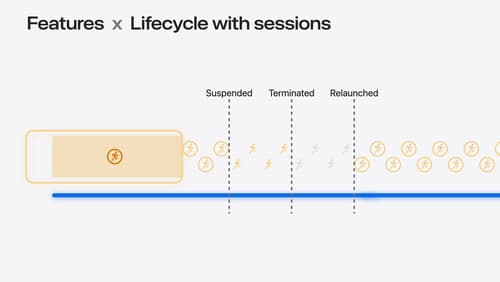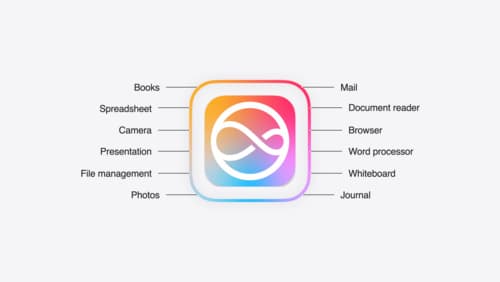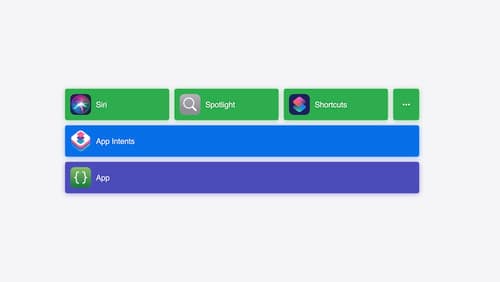how do I get the user's location in an app intent
Asked on 2024-07-31
1 search
To get the user's location in an app intent, you need to use the CoreLocation framework to request location authorization. Here are the steps you can follow:
-
Request Authorization: You need to request location authorization from the user. This can be done using the
CLLocationManagerand methods such asrequestWhenInUseAuthorization. -
Handle Different Authorization States: Your app should handle different authorization states, such as when the user grants full precision, approximate location, or denies access. You can use properties like
authorizationStatusto check the current state. -
Request Temporary Full Accuracy: If your app needs full accuracy for a specific task, you can request temporary full accuracy using
requestTemporaryFullAccuracyAuthorization(withPurposeKey:). -
Check Diagnostic Properties: You can check diagnostic properties to understand why authorization might be denied, such as if location services are disabled system-wide.
For more detailed information, you can refer to the session "What’s new in location authorization" at WWDC 2024.
Here are the relevant sessions mentioned in the context:
- What’s new in location authorization
- Design App Intents for system experiences
- Bring your app’s core features to users with App Intents
- Bring your app to Siri
For a more comprehensive understanding, you can explore the chapters in the session "What’s new in location authorization":
- Introduction
- Authorization goals
- Session lifecycle
- Diagnostic properties

What’s new in location authorization
Location authorization is turning 2.0. Learn about new recommendations and techniques to get the authorization you need, and a new system of diagnostics that can let you know when an authorization goal can’t be met.

Bring your app to Siri
Learn how to use App Intents to expose your app’s functionality to Siri. Understand which intents are already available for your use, and how to create custom intents to integrate actions from your app into the system. We’ll also cover what metadata to provide, making your entities searchable via Spotlight, annotating onscreen references, and much more.

Bring your app’s core features to users with App Intents
Learn the principles of the App Intents framework, like intents, entities, and queries, and how you can harness them to expose your app’s most important functionality right where people need it most. Find out how to build deep integration between your app and the many system features built on top of App Intents, including Siri, controls and widgets, Apple Pencil, Shortcuts, the Action button, and more. Get tips on how to build your App Intents integrations efficiently to create the best experiences in every surface while still sharing code and core functionality.
